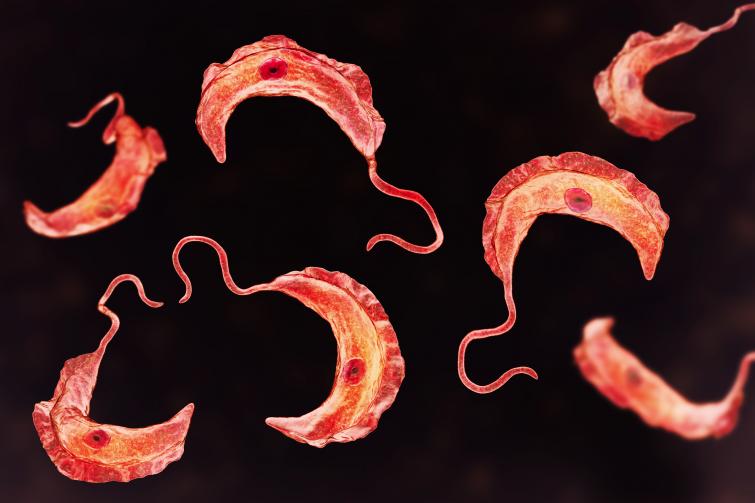
 News
News
Sleeping sickness: one step further in improving diagnosis
The African trypanosome Trypanosoma brucei gambiense is a parasite responsible for chronic Human African Trypanosomiasis, more commonly known as sleeping sickness. Diagnosing sleeping sickness generally involves two stages: serological screening (to search for antibodies against parasites in the bloodstream), followed by the microscopic detection of live parasites in the blood or a lymph node aspirate. But live parasites may remain undetected in some seropositive individuals. Following on from their previous discovery that the skin is a reservoir for trypanosomes, scientists from the Institut Pasteur and their colleagues in the TrypaDerm consortium have recently confirmed and quantified this phenomenon in humans, thereby improving our epidemiological understanding of sleeping sickness.